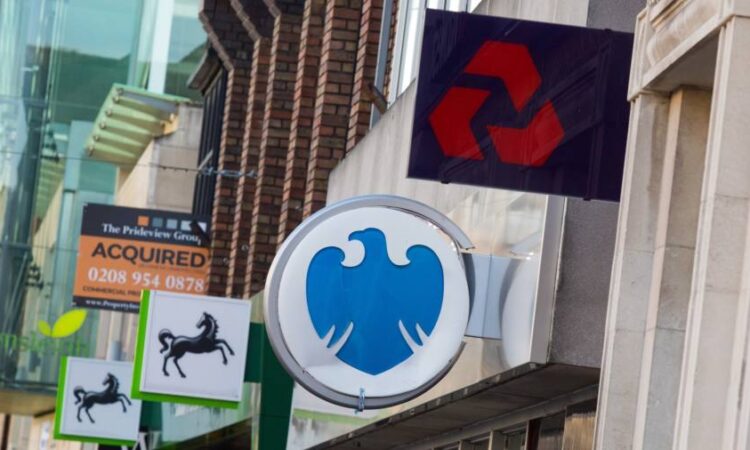
With the collapse of Credit Suisse and California’s Silicon Valley Bank, the world banking industry is going through its biggest shock since the 2008 global financial crisis.
Governments insist the banking system is safe. But, amid concerns about the health of US regional banks, American regulators have seized control of New York-based Signature and Wall Street’s biggest lenders have together deposited $30bn into California-based First Republic Bank. So, we are not out of trouble yet.
What does this mean for UK banks? And for investors who hold their stocks, including many retail savers who often see high street lenders as core holdings?
Are UK banks stable?
Take comfort from the fact that UK banks have built financial buffers since 2008 to ensure they can cope with large losses even in recession.
The Bank of England said this week that UK banking system “remains resilient” and the sector is “well placed to continue supporting the economy in a wide range of economic scenarios, including in a period of higher interest rates”.
UK banks also operate with an extra “rainy day” 2 per cent capital buffer to ensure that they can absorb losses without having to restrict lending to households and businesses. The big UK banks are “in good shape to weather the storm,” says Jonathan Pierce, an analyst at Numis.
So a repeat of the 2008 crisis looks unlikely for the UK.

Is my bank deposit safe?
Customer deposits up to £85,000 at any one bank are covered by an industry guarantee in the event of a UK bank collapse. Joint account holders are guaranteed up to £85,000 each.
About a third of household savings are held in accounts with balances above £85,000. As the deposit guarantee limits are per bank, customers with more cash should consider spreading their money.
In 2008, the government also reimbursed British savers who deposited money in Icelandic banks that failed, even for accounts that exceeded the £50,000 ceiling for compensation. This should reassure savers that the government is ready to act.
What has happened to bank shares?
UK bank shares have fallen in response to the turmoil, with the sector dropping 16 per cent from its high for the year at the start of March, though it has rallied in recent days.
The sector is still up by 4.2 per cent since the start of the year, while US banks are down 16.2 per cent. The eurozone bank sector has rallied 4.8 per cent over the same period (Datastream bank indices in sterling terms).
Valuations for UK banks are well below their long-term average, with the sector in mid-March trading on a price multiple to forecast earnings for 2023 of just 7.5 times, compared with 13.4 times over the past 10 years. “As yet, we see relatively limited earnings risk. As share prices fall, the valuation argument also becomes more compelling,” says Pierce at Numis.
Increases in UK interest rates tend to benefit lenders because they boost rates earned from lending more quickly than rates paid on deposits. “It could take months for the increase in interest rates to trickle through to savers, says Myron Jobson at investment platform Interactive Investor.
What about dividends?
Dividends are important for investors. The average dividend yield across the sector is 4.7 per cent, ranging from a high of 6.9 per cent for Virgin Money to 2.4 per cent for Standard Chartered, according to Refinitiv data.
The immediate risk of any UK bank cutting payouts seems remote, even with the global turmoil. Bank shares dived when dividends and buybacks were temporarily suspended in April 2020 in response to the Bank of England’s warning to banks to keep their coffers full during the pandemic — and not pay out billions of pounds to shareholders. Nobody in banking wants a repeat performance.
So what should I worry about?
The UK economy faces considerable challenges, with increased interest rate costs and inflation weighing on consumers and businesses. The headline rate rose to 10.4 per cent in February, according to data released this week.
Many businesses face higher costs, weaker earnings and supply disruptions. Insolvencies are increasing.
Meanwhile, house prices are starting to weaken, prompting bearish experts to warn of potential difficulties. Savills, the estate agency, has forecast a 10 per cent drop in 2023, while rising mortgage costs are making would-be buyers hold back and forcing some owners to tighten their belts.
Banks would be exposed if prices fell so far that the valuations no longer covered loans. But according to the Financial Conduct Authority, only about 5 per cent of mortgages have loan-to-value ratios above 90 per cent. In the last quarter of 2022, the share of mortgages in arrears was just 0.8 per cent, close to all-time lows. So if arrears rise, as they might, it will be from a very small base.





